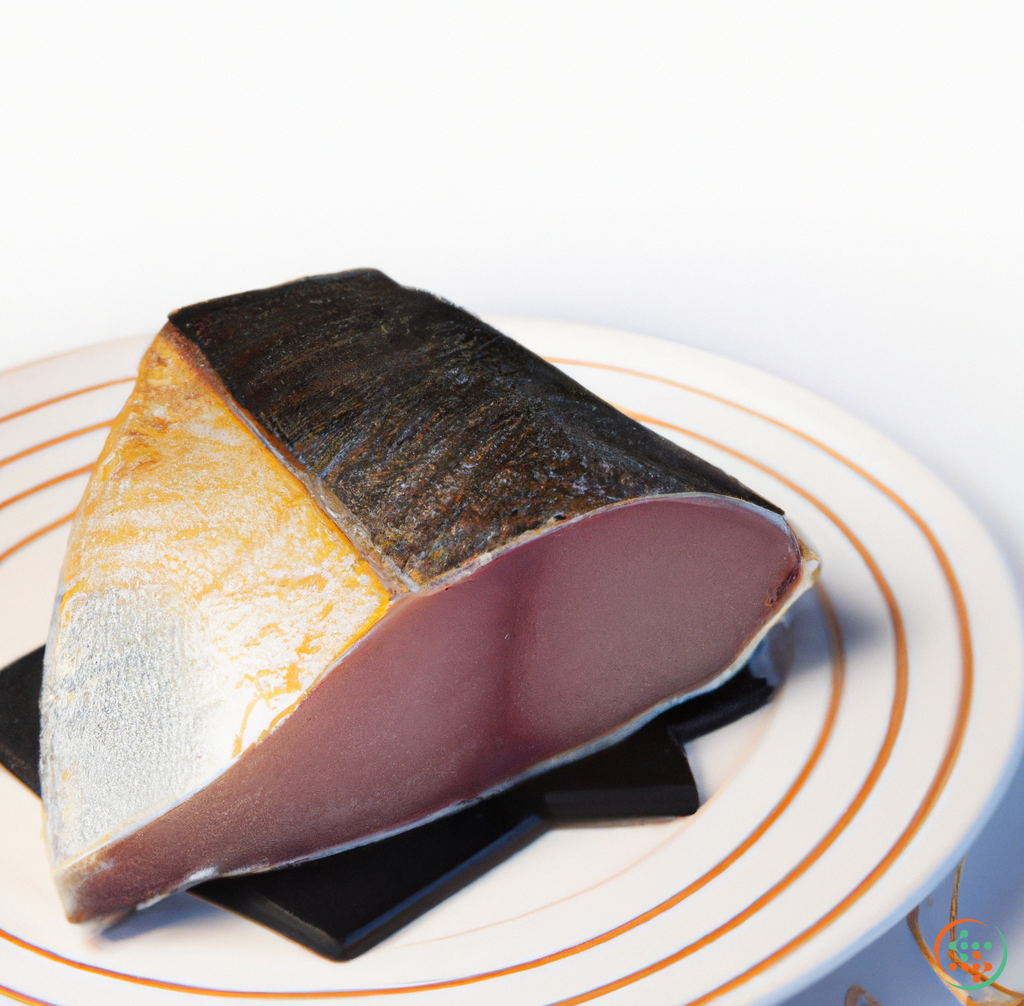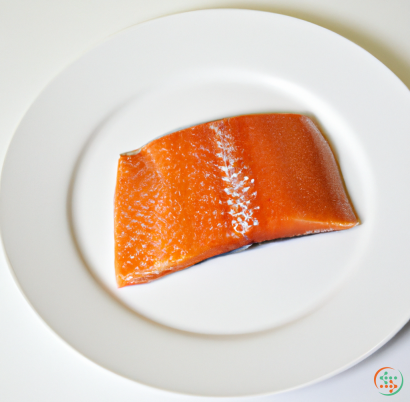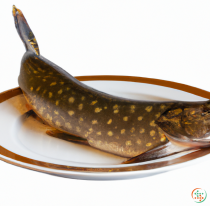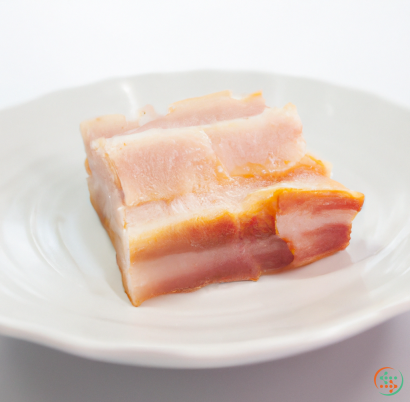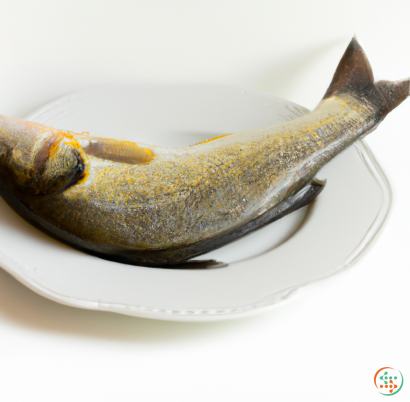Swordfish
A swordfish is a large marine fish characterized by its long and flat bill, which resembles a sword. The swordfish is found in temperate and tropical waters worldwide, though its native habitat is the warmer regions of the ocean. With a dense body and a large build, it is among the fastest swimming fish in the world and is capable of reaching speeds of up to 75 kilometers an hour. Its diet consists mainly of squid and small fish, making it a formidable predator.
Though they are often found in the ocean depths, swordfish are a surface-dwelling fish species. They can often be seen near the surface, where they use their long bill to stunning effect. When they swim, they swing their bill from side to side, stunning their prey with a single blow. This swift strike is often the only action they need to take in order to catch their food. Their powerful swimming speed and agility also help them to maneuver around their prey, quickly chasing it down and securing another meal.
As well as having a rapier-like bill, swordfish possess some interesting physical features. The average adult grows to a whopping 3 meters in length, and can weigh up to 300 kilograms. To balance their massive size, they have a deep-set body and an incredibly dense skeletal structure, which acts like a brace, giving the swordfish the strength and agility it needs to survive in the harsh ocean environment.
Swordfish also have a wide range of colors, ranging from pale white to dark grey. These colors are thought to help them blend into the environment, giving them an advantage when they are hunting.
The breeding season for swordfish lasts throughout the summer months, when they travel in large groups towards shallow, warm waters at the surface. Here, they congregate to produce eggs and sperm, before heading back to the depths soon after. After being fertilized, the eggs are left behind and then it is up to the larvae to survive and develop, using camouflage and swift swimming to help them make it to the juvenile stage of their life.
Despite swordfish being extensively fished, they are still categorized as ‘near threatened’ on the IUCN red list of endangered species. This means that their population is declining, and that efforts must be undertaken in order to increase their population and allow them to recover. Conservation efforts include reducing bycatch and overfishing, promoting sustainable fishing methods, increasing awareness of the species, and more.
In recent years, swordfish have become increasingly popular as food, especially in restaurant settings. Its dense, firm, and flavorful flesh is served in steaks, a variety of dishes, and even on pizza. It is also popular as a nutritious and sustainable ingredient, with vast amounts of stores offering sustainably sourced swordfish fillets.
From its powerful swimming capabilities, to its sharp bill, the swordfish is an amazing and fascinating creature. It is an incredible predator, and its beauty and elegance are second to none. Despite its endangering status, there is still much that we can do to protect these incredible animals, and with concerted effort, their population may still be able to rebound.
When someone orders an entrée of swordfish at a restaurant, they likely don't realize the long journey the fish took to get to their plate. From the moment of birth, the swordfish starts on a path that will take it to dinner plates all around the world. In this blog post, we'll explore the life of the swordfish—how they're created and how they travel to dinner plates in various parts of the world.
The Swordfish - Creation and Characteristics
The swordfish (Xiphias gladius) is an ocean-dwelling creature that belongs to the family Xiphiidae (a family of ray-finned fish). It has a long, slim body, short limbs, and powerful tail fin. Its head and snout are covered with a single, long protruding spine that is used for sensing its prey. It has a large eye, which helps them to see in dark, murky waters. Its color can range from slate gray to brownish-black and its back and sides are often adorned with vertical stripes. Swordfish can reach up to 5 meters in length, weigh more than 545 kilograms, and live for up to 16 years.
They are found in temperate and tropical ocean waters around the world, sometimes swimming as deep as 1,000 meters underwater. Swordfish get their name from their pointed snout, which is sharp and sword-like. This helps them hunt their prey, which is typically smaller fish, squid, and crustaceans.
Spawning and Growth
Swordfish are strong swimmers and travel large distances during their lifetimes. Like many other fish, swordfish reproduce by spawning. Each female can produce millions of small, pelagic eggs, which are released into the water in huge schools. The eggs are buoyant and often pushed around by ocean currents.
Once the eggs hatch, the larvae look quite different than their parents. They have long, opaque bodies that are made up of large yolk sacks and pointed tails. Initially, their spines are not visible yet. Over time, their bodies become transparent, the yolk sack shrinks, and the spines become visible. This transformation from larvae to the adult swordfish occurs over the course of the first few weeks of life.
Once the swordfish have taken their adult form, they continue to grow and mature. Fast growth rates and long life spans help them reach larger sizes (up to 3.1 meters in length), allowing them to hunt bigger prey.
Fishing for Swordfish
Swordfish are a popular target for commercial fisheries around the world. Their longtails and spiny protrusions make them a particularly attractive target since they can be caught with harpoons and longlines. In many countries, they are also targeted by recreational fishers who either use harpoons or rod and reel.
The swordfish is typically caught by trawl nets or purse seines. It's important to note that these methods of fishing can be destructive to the ocean floor, and can cause environmental damage. As such, sustainable fishing methods should be employed.
Processing the Swordfish
Once a swordfish is caught, it is iced down quickly to avoid spoilage. It is then transported to a processing facility where it is cut into various pieces. The most desirable parts of the fish are the loins, which contain large amounts of meat. The meat is then cut into steaks and packaged for sale. The bones are removed and the fins, head, and tail are typically ground up and used as fertilizers or omega 3 supplements.
Transportation
Once the swordfish steaks have been packaged, they are usually frozen and transported to distant markets by air or sea. Many long-distance shipments are done by refrigerated containers. This helps to ensure that the fish is kept in a cool temperature throughout the journey and avoids spoilage. Shorter distance transport is often done by truck.
On the Dinner Plate
Once the swordfish reaches its destination, it is sold to restaurants, grocery stores, and seafood markets. It is also sold directly to consumers in many parts of the world. When served in restaurants, the fish is typically grilled, fried, or broiled, although it can also be served raw.
No matter how it's prepared, swordfish is a flavorful and healthy choice for any fish lover. It is a good source of protein and omega 3 fatty acids and is low in fat and calories. It is a versatile fish, which can be cooked with a variety of ingredients.
Conclusion
The swordfish takes a long and complicated journey before it reaches the dinner table. From being born as larvae, to navigating thousands of miles of open ocean, to ending up on our plates, the swordfish is truly an impressive creature. Understanding the life of the swordfish gives us a greater appreciation for this delicious and nutritious fish.
| Vitamin A | 0.043 mg | |
| Vitamin D | 0.0166 mg | |
| Vitamin D3 | 0.0166 mg | |
| Vitamin E | 0.00241 grams | |
| Vitamin K | 0.1 ug | |
| Vitamin B1 | 0.09 mg | |
| Vitamin B2 | 0.06 mg | |
| Vitamin B3 | 0.00925 grams | |
| Vitamin B4 | 0.0775 grams | |
| Vitamin B5 | 0.42 mg | |
| Vitamin B6 | 0.62 mg | |
| Vitamin B9 | 0.002 mg | |
| Vitamin B12 | 0.00162 mg |
| Calcium | 0.006 grams |
Daily Value 1.3 g
|
| Iron | 0.45 mg |
Daily Value 0.018 g
|
| Magnesium | 0.035 grams |
Daily Value 0.4 g
|
| Phosphorus | 0.304 grams |
Daily Value 1.25 g
|
| Potassium | 0.499 grams |
Daily Value 4.7 g
|
| Sodium | 0.097 grams |
Daily Value 2.3 g
|
| Zinc | 0.78 mg |
Daily Value 0.011 g
|
| Copper | 0.05 mg |
Daily Value 0.9 mg
|
| Manganese | 0.01 mg |
Daily Value 0.0023 g
|
| Selenium | 0.0685 mg |
Daily Value 0.055 mg
|
| Tryptophan | 0.265 grams | |
| Threonine | 1.035 grams | |
| Isoleucine | 1.088 grams | |
| Leucine | 1.919 grams | |
| Lysine | 2.168 grams | |
| Methionine | 0.699 grams | |
| Cystine | 0.253 grams | |
| Phenylalanine | 0.922 grams | |
| Tyrosine | 0.797 grams | |
| Valine | 1.216 grams | |
| Arginine | 1.413 grams | |
| Histidine | 0.695 grams | |
| Alanine | 1.429 grams | |
| Aspartic Acid | 2.418 grams | |
| Glutamic Acid | 3.525 grams | |
| Glycine | 1.133 grams | |
| Proline | 0.835 grams | |
| Serine | 0.964 grams |
| Total Sugars | 0 ug |
per 100g
|
| Lauric acid (12:0) | 0.01 grams |
|
| Myristic acid (14:0) | 0.18 grams |
|
| Palmitic acid (16:0) | 1.21 grams |
|
| Stearic acid (18:0) | 0.41 grams |
|
| Arachidic acid (20:0) | 0.02 grams |
|
| Behenic acid (22:0) | 0.01 grams |
|
| Lignoceric acid (24:0) | 0.01 grams |
|
| Total Saturated fatty acids: | 1.85 g | |
| Nervonic acid (24:1) | 0.09 grams |
|
| Erucic acid (22:1) | 0.06 grams |
|
| Oleic acid (18:1) | 2.66 grams |
|
| Palmitoleic acid (16:1) | 0.28 grams |
|
| Gadoleic acid (20:1) | 0.45 grams |
|
| Total Monounsaturated fatty acids: | 3.54 g | |
| Omega-3 Timnodonic acid (20:5) | 0.13 grams |
|
| Omega-3 Clupanodonic acid (22:5) | 0.17 grams |
|
| Omega-6 Eicosadienoic acid (20:2) | 0.02 grams |
|
| Linolenic acid (18:3) | 0.03 grams |
|
| Linoleic acid (18:2) | 0.09 grams |
|
| Total Polyunsaturated fatty acids: | 0.44 g | |
| Cholesterol | 0.08 grams |
|
| Total Sterols: | 0.08 g | |
